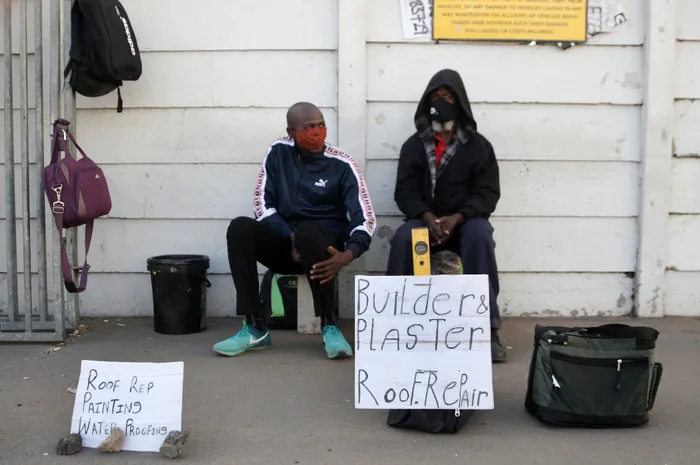Unemployment decreases in quarter but too little to dent SA’s high jobless rate

Despite these positive decreases, South Africa’s official unemployment rate remains the highest on a list of 82 countries monitored by Bloomberg.
The rate of unemployment in South Africa surprised on the downside in the three months to June, but this has raised serious questions about the accuracy of data on the back of expected economic slump in the period.
Statistics South Africa (StatsSA) yesterday said South Africa's unemployment rate fell for the second quarter by 0.6 of a percentage point to 33.9 percent in the second quarter, down from 34.5 percent in the first quarter.
This was despite the adverse effects of extensive load shedding and disruptions to manufacturing and logistics caused by severe flooding in KwaZulu-Natal.
The decline in the rate of joblessness means that unemployment in the country eased further from a record high of 35.3 percent recorded in the last quarter of 2021.
Despite these positive decreases, South Africa’s official unemployment rate remains the highest on a list of 82 countries monitored by Bloomberg.
Statistician-General Risenga Maluleke said the economy was recovering, coming out of Covid-19, and was making strides in terms of employment.
Maluleke highlighted that the economy grew by 1.4 percent in the last quarter of 2021, and also expanded by 1.9 percent in the first quarter of 2022.
“And in the process, coming out of Covid-19, we have seen our economy starting to make a recovery,” Maluleke said.
“Actually, at the height of Covid-19 in the second quarter of 2020 where we had the highest levels of lockdown, our real economy was sitting at R952 billion.
“As of the first quarter of 2022, it was sitting at R1.15 trillion. So we can say it is recovering. And while there is a lag, we can see that a growing economy is starting to create employment post-Covid.”
According to the Quarterly Labour Force Survey (QLFS) for the second quarter of 2022, the number of unemployed persons increased by 132 000 to 8 million in the period.
However, this was offset by the rise of 648 000 in employment to 15.6 million.
According to the expanded definition of unemployment, there were 12.3 million jobless people in the second quarter following a decline of 1.4 percentage points to 44.1 percent.
PSG Wealth chief investment officer Adriaan Pask said the decrease in unemployment was a positive development, given the current tough economic backdrop.
“The decrease is also in line with our previous comment that although the pandemic has lasted far longer than anticipated, we expected the employment situation to stabilise at pre-pandemic levels this year as vaccination rates rise and more workers return to the labour market,” Pask said.
StatsSA said the biggest job gains were recorded in community and social services, trade, finance, and construction.
However, there were job losses in manufacturing and transport, which shed 87 503 and 37 950 jobs, respectively, following the impact of supply-chain disruptions and rising fuel prices due to the war in Ukraine.
The QLFS showed that 8 million people were still searching for jobs while 3.6 million were discouraged work seekers, with 700 000 who have stopped looking for other reasons.
Anchor Capital investment analyst Casey Delport said they remained concerned about the general reliability of South Africa’s employment data.
“Statistics SA is meant to collect data on the employment status of 33 000 households – which is extrapolated to determine the jobless rates for around 40 million adults in the country,” Delport said.
“However, last year it contacted fewer than 14 300 households. The interviews were also done telephonically - not face-to-face as before the pandemic.”
Economists further expressed concern that the recovery in the unemployment rate may be short-lived as global and domestic headwinds were likely to weigh on economic growth and job creation going forward.
FNB senior economist Thanda Sithole said they were still expecting the employment recovery to pre-pandemic levels to be protracted due to subdued economic growth.
“Our view is that below 2.5 percent growth is not enough to boost the employment level and that growth sustained above 3 percent will be required to make a meaningful impact on employment creation,” Sithole said.
“Nevertheless, the recent energy market reforms announced by President Cyril Ramaphosa and the private sector’s interest to invest in ports should underpin employment growth over the medium-term.”
BUSINESS REPORT
Related Topics: